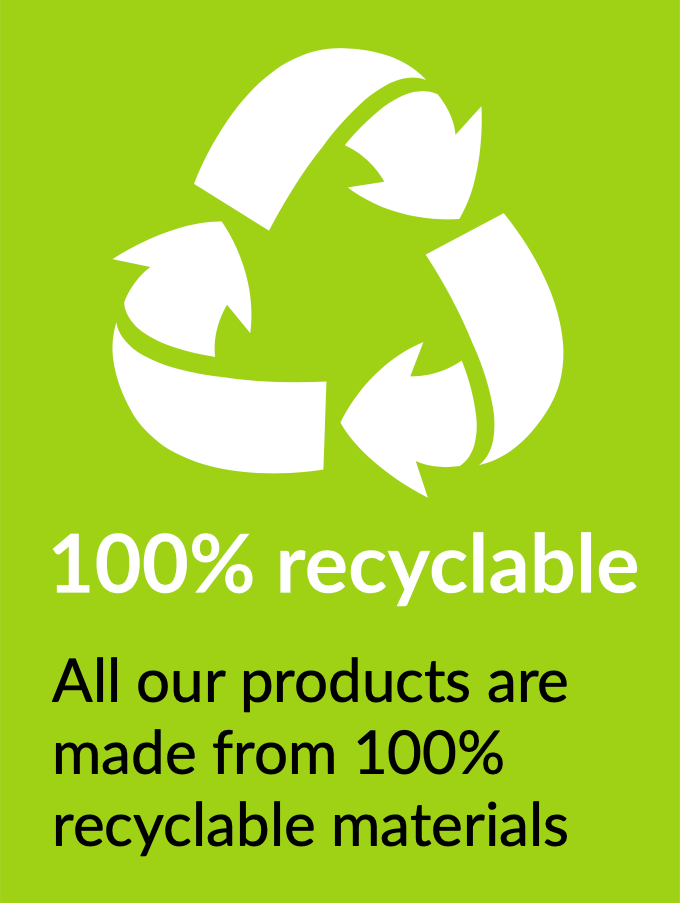As suppliers of retail, gift, and transit packaging, we must touch on the UK Plastic Packaging Tax 2022, which was introduced on 1 April 2022. In short, if plastic packaging doesn’t contain a minimum of 30% recycled plastic, then tax will need to be paid. Both UK producers and importers of plastic packaging will be liable to pay this tax, and already filled packaging when being imported will also be included within these rules. Businesses will then be required to pay £200 per metric tonne of plastic used in the packaging.
Read on to discover more about the plastic packaging tax in the UK this 2022.
Why is the Tax Being Introduced?
Each year, the UK produces around five million tonnes of plastic, and half of this comes from packaging. Despite this, upon the plastic reaching the end of its lifespan, only a minute percentage of this gets recycled, resulting in landfill sites being filled with plastic. Therefore, the introduction of plastic packaging tax from April 2022 came in to create a financial incentive for businesses to make use of recycled materials.
As a result, the demand for recycled plastic will also grow, leading to more recycling and collection of waste plastic. Consequently, the plastic is diverted from incineration or landfill. In order to keep up with the demand for recycled materials, more money will need to be invested in recycling infrastructure.
How Much Tax Must be Paid?
As previously mentioned, all qualifying businesses must pay £200 per metric tonne; however, this figure isn’t set in stone. For instance, if the price of recycled materials significantly increases, this will impact the cost of the tax. This is because virgin plastics will become more appealing, which could necessitate a tax rise in order to meet the equilibrium.
What Packaging Qualifies?
Effectively, two types of packaging qualify for the new tax: plastic packaging for single use by a consumer and plastic packaging used in a supply chain.
Single-use consumer packaging refers to any single-use product that’s designed for domestic users and consumers. It must deliver one or more of five functions, including delivery, presentation, handling, protection, or containment. Quite simply, these products will be used by a consumer, as opposed to in the supply chain.
On the contrary, plastic packaging that’s designed for the supply chain is intended to transport the goods from the manufacturer to the consumer. This material can either be used alone or in combination with other products. Similarly, it must adhere to one or more of the aforementioned five functions.
Who is Responsible for Paying the Tax?
Two main groups will be affected by the new tax; these are manufacturers and importers. In the instance that a business imports upwards of 10 tonnes of plastic packaging across a year, this company will need to register for the appropriate tax and pay it in full. As previously mentioned, this also includes importers of filled plastic packaging (e.g., bottles filled with water).
Despite this, even if manufacturers import plastic packaging below the 10-tonne threshold, records of import and manufacturing will still need to be kept.
Similarly, end-users will also bear the brunt of the new packaging tax, as businesses that use plastic packaging must increase their prices to factor in the costs of the packaging tax.
Do Businesses Need to Register their Packaging Use?
Businesses that fall under the scope of tax and manufacture or import plastic packaging must register for HMRC. In contrast, those purchasing packaging from a UK supplier won’t be liable for the tax; however, the cost of packaging products may be increased to account for the tax.
Beat the Plastic Packaging Tax with Packaging For Retail
Here at Packaging For Retail, all our boxes are crafted from quality cardboard, meaning you can successfully avoid the packaging tax. Contact us to learn more about our product range or request a sample today.





